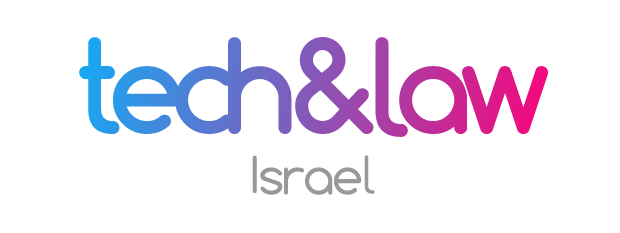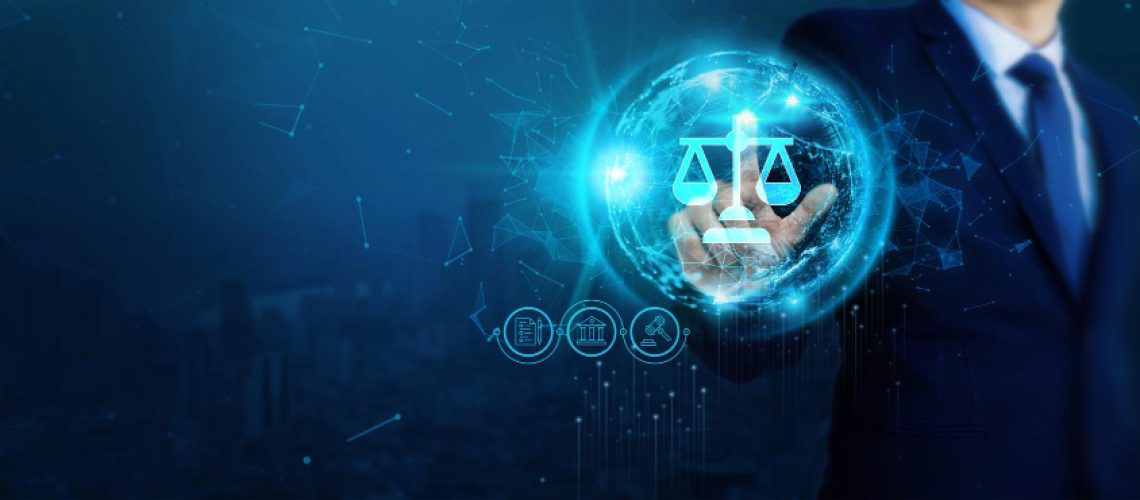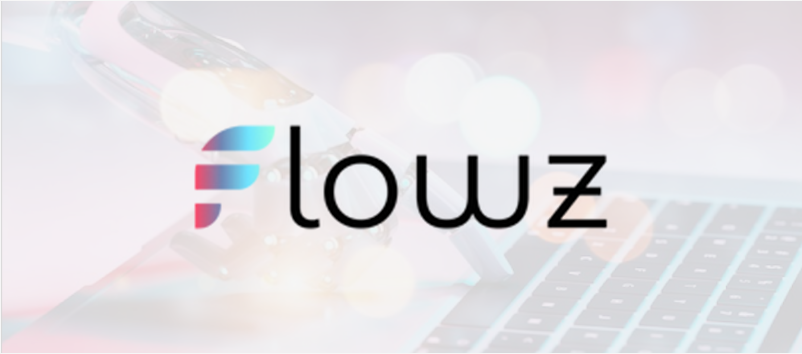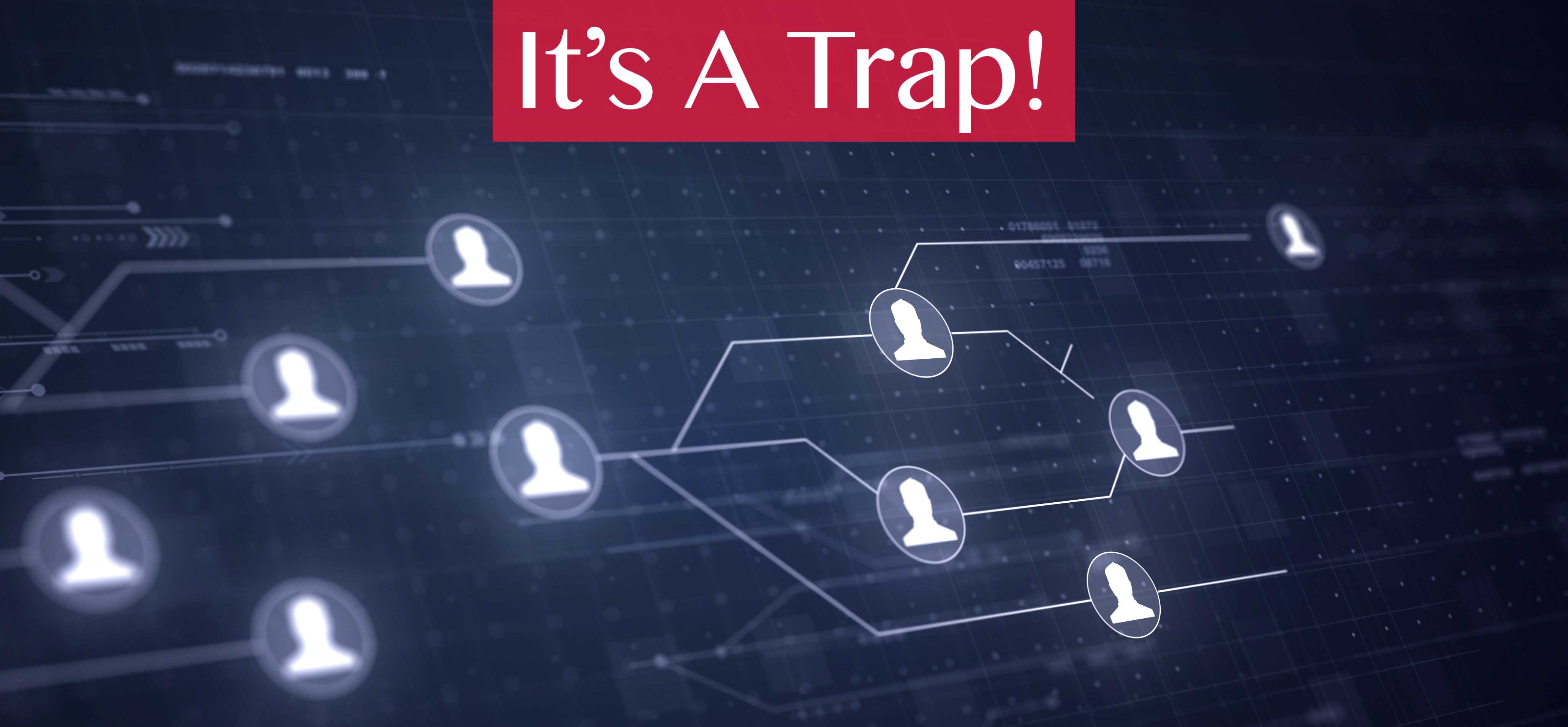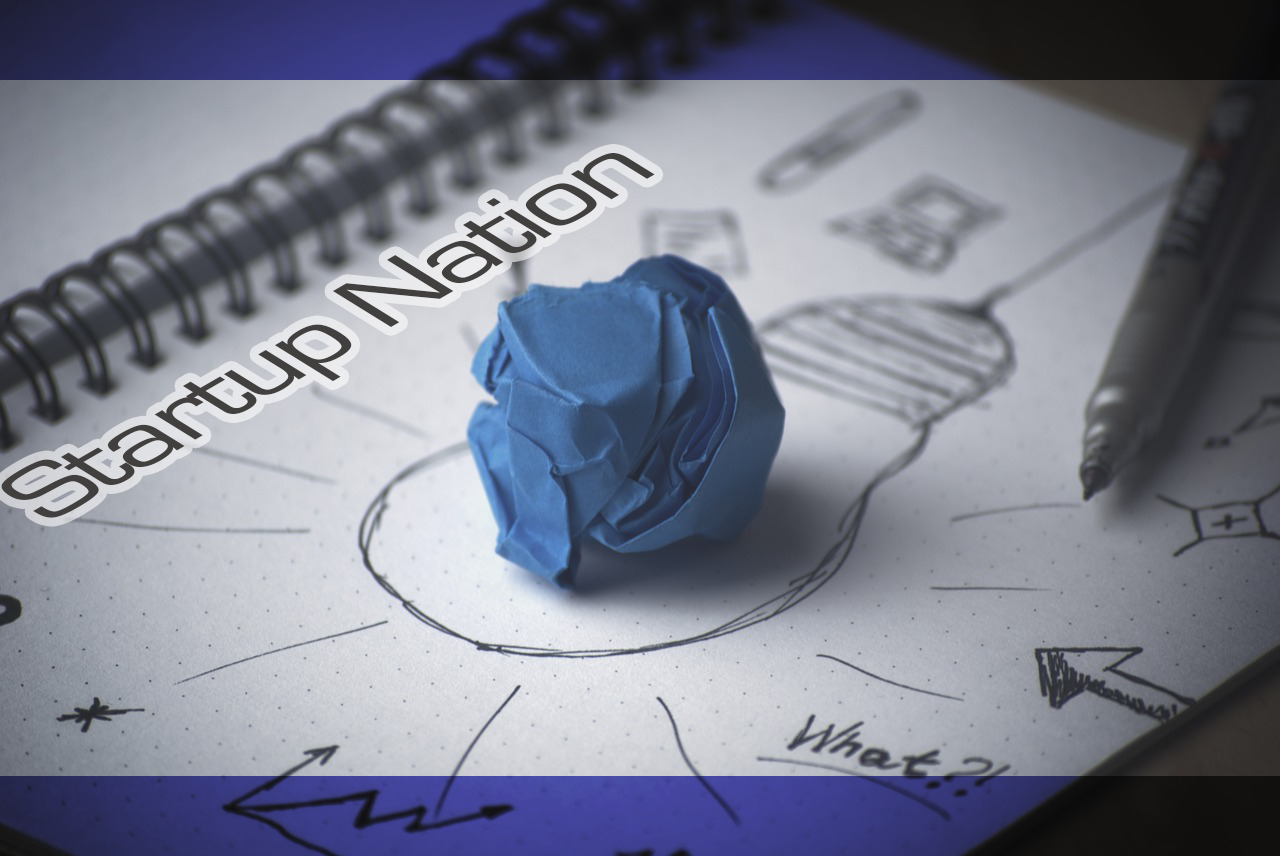
Brooke Liat Resnik
Predictive Analytics in LegalTech
One of the most fascinating trends in legal technology today is predictive analytics, the use of AI and data analysis to forecast legal outcomes, guide litigation strategy, and assess risk.
It goes like this: Imagine being able to evaluate your chances of winning a case before (!) stepping into a courtroom. Or knowing which clauses in a contract are most likely to spark a dispute. Thanks to predictive analytics, these capabilities are no longer theoretical but they’re already in practice, transforming how legal teams operate.
Predictive analytics refers to the use of artificial intelligence (AI) and machine learning algorithms to analyze historical legal data to predict likely outcomes. This system has gained success in spotting patterns in court decisions, contracts, or judicial behavior and using those insights to guide current decisions.
How the “Machines” Work
The machines behind predictive analytics work by data input, where an incredible number of documents, such as court rulings, motions, contracts, and settlements, are fed into an AI system. The AI machines then use Natural Language Processing (NLP) to interpret the language, understanding context, definitions, and phrases the way a human lawyer would.
The system then identifies patterns in past cases leading to real-time predictions. Essentially, the more legal data the system analyzes, the more accurate it becomes, allowing it to become a reliable indicator for the future of legal proceedings.
In practical terms, predictive analytics is already being applied in several key areas of law: litigation forecasting (to estimate the likelihood of success before even filing), judicial behavior analysis (to tailor arguments to specific judges based on past rulings), contract risk review (to flag clauses most commonly tied to disputes or liability), and lastly, but not limited to, outside counsel selection (where corporations choose law firms based on data, not just reputation, by seeing which firms win most frequently in certain courts.)
Usage – Case Studies
Predictive analytics isn’t just a concept… It’s already transforming practice! A standout example exists with Blue J, a Canadian legal tech company that applies machine learning to predict court outcomes in tax and employment law.
According to the Predictive Analytics 2022 report by the University of Toronto’s Future of Law Lab, Blue J’s tools have demonstrated over 90% accuracy in forecasting how courts would rule in classification, termination, and tax-related cases.
The software is used by private firms, in-house legal teams, and even government agencies, using the same process as mentioned above, inputting facts, precedent comparison, and probability score. Blue J was used to analyze more than 40 employment classification scenarios in under 48 hours, a task that would have taken over a week through traditional legal research.
Another standout example is Lex Machina’s Protégé, a generative AI assistant that brings natural-language querying to litigation analytics. Instead of filtering datasets manually, lawyers can ask questions like, “How often is summary judgment granted in the Delaware Court of Chancery?” Protégé instantly generates a detailed answer using Lex Machina’s database, which includes millions of state and federal filings.
Predictive analytics doesn’t stop at probabilities, instead, it extends into the language and persuasion style of the courtroom. That’s where Ravel Law comes in. Acquired by LexisNexis, Ravel developed one of the first judge analytics engines to visually map judicial behavior, citation trends, and motion-granting tendencies.
It uses AI to determine which precedents a judge favors, the rhetorical patterns they use, and how often they grant or deny specific legal motions.
According to LawNext, Ravel enabled lawyers to craft arguments using “the language each judge finds persuasive,” giving them a powerful edge in brief writing and oral arguments.
Attorneys using Ravel reported cutting research time by two-thirds, while tailoring legal strategy to statistically align with individual judge preferences (WIRED).
Where Predictive Analytics Is Headed Next
At its core, legal technology refers to the use of software and digital tools to streamline, enhance, and often revolutionize the way legal services are delivered. This includes tools for drafting contracts, reviewing documents, managing cases, and even helping lawyers understand how judges typically rule.
Explained here has been one of the most exciting areas of legal tech, being predictive analytics. Looking ahead, predictive analytics will likely go beyond court cases. It could help lawyers avoid legal problems before they happen, improve negotiations, and even support smarter policymaking. The future of legal tech is not just about working faster, it’s about working smarter, with more confidence and better results.
